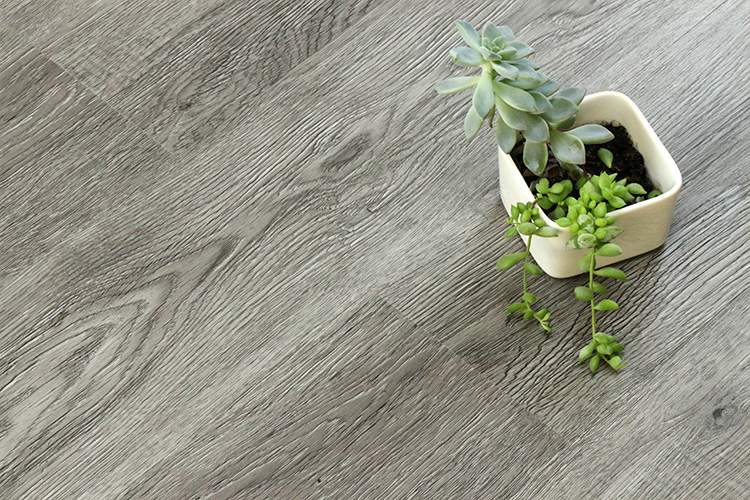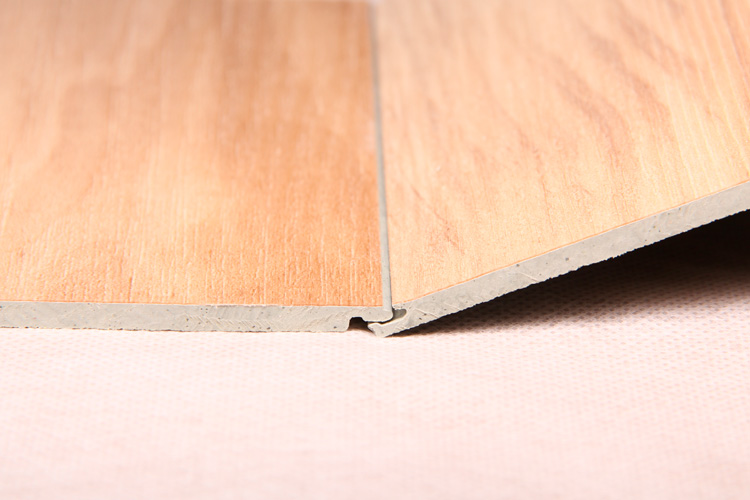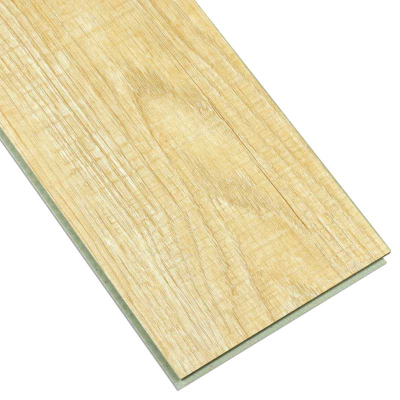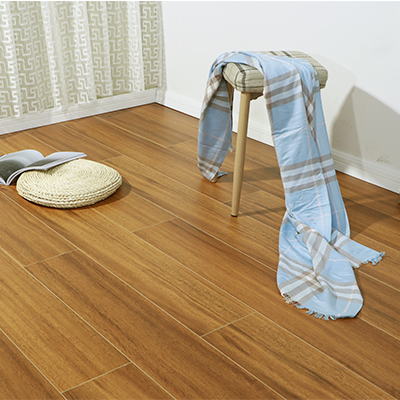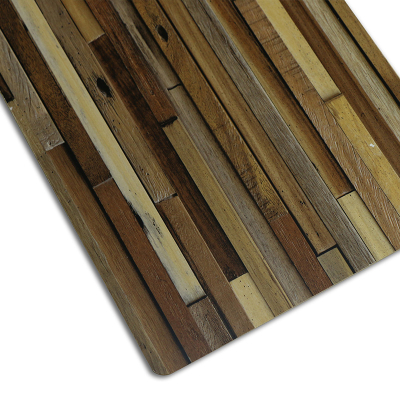SPC/WPC Flooring: Waterproof and Durable, But Is It Really "Wooden Flooring"?
Title: SPC/WPC Flooring: Waterproof and Durable, But Is It Really "Wooden Flooring"?
When visiting the building materials market and choosing flooring, the terms "SPC" and "WPC" are appearing more and more frequently. They are hyped up to the extreme: super waterproof, resistant to bubbles, non-deformable, super durable, and with a wood grain on the surface that is indistinguishable from the real thing. Looking at the realistic oak and walnut wood grain, many consumers can't help but feel nervous: This looks like wood and has the word "wood" (WPC) in its name. So, does it really count as wooden flooring? Is there any real wood inside after all?
Today, let's clarify these two key issues and uncover the "core" secret of SPC/WPC flooring.
1.Is it considered "wooden floor"? -- The essence is quite different
To put it simply and directly: SPC and WPC flooring, strictly speaking, do not belong to the "wooden flooring" family that we traditionally understand.
Think about what we usually refer to as wooden flooring?
Solid wood flooring: Pure natural wood, from the surface to the inside, it is a real piece of wood.
Solid wood composite flooring: The surface layer is a thin sheet of solid wood, and beneath it are multiple layers of wood or plywood bonded together.
Laminate flooring (laminated flooring) : The surface is a wear-resistant resin layer imitating wood grain, and the core layer is high-density board (made by pressing wood powder and glue).
However, the core "dirty" part of SPC and WPC takes a completely different path. The industry is more inclined to classify them under the major category of "plastic flooring" or "rigid core flooring". They are fundamentally different from traditional wooden floors that rely on wood itself as the main structure in terms of materials and construction principles.
2. Does it contain "wood"? There are differences between SPC and WPC
This issue needs to be examined separately for SPC and WPC:
SPC flooring (Stone Plastic composite flooring)
Main components: Its "core" is mainly made by pressing a mixture of stone powder (limestone powder) and polyvinyl chloride (PVC plastic).
Does it contain wood? Basically not included. The base material of SPC is very dense and hard, like a solid small stone slab, without any wood components added to it. Its core is stone powder + plastic.
WPC flooring (Wood-plastic composite flooring)
The main components: Its "core" is also based on stone powder and PVC plastic.
The key difference is that when WPC is mixed, a certain proportion of wood powder, bamboo powder or other plant fibers are added additionally.
Does it contain wood? Yes, it contains "wood" components, but in a very special form. Note that the "wood" mentioned here refers to wood chips or wood powder that have been crushed into powder or extremely fine fibers. It is not the entire piece of wood in solid wood flooring, nor the thin layer of solid wood on the surface of solid wood composite flooring, nor even the board made by pressing wood fibers in the base material of laminate flooring. These wood powders are more like "fillers" mixed in plastic and stone powders.
So, to sum up:
SPC: Core = stone powder + plastic → No wood.
WPC: Core = Stone powder + plastic + wood powder/plant fiber → Contains wood components (powder form/fiber form).
3. Core selling points: Waterproof King and stability bearer
Whether it is SPC or WPC, their greatest trump card is:
100% waterproof: This is something that traditional wooden floors (including solid wood composite and laminate) cannot compare with. The core material determines that they are not afraid of water immersion, making them particularly suitable for damp areas such as kitchens, bathrooms, and basements, or for families with pets or children who are prone to splashing water. This is their most core competitiveness.
Super stability: It hardly expands, contracts or deforms due to the influence of temperature and humidity like solid wood flooring, and the installation gaps can be well maintained.
Extremely durable: The surface is coated with a wear-resistant layer similar to laminate flooring (such as aluminum oxide), which has excellent scratch resistance and is very sturdy for daily use.
4. Foot feel and texture: Different from wood
Although the surface is printed with realistic wood grain (even synchronously embossed to imitate the touch of wood), the feeling when stepped on is different from that of real wooden floors:
Foot feel: It is usually harder and cooler than solid wood and solid wood composites (especially SPC), and the resilience is not as good. Stepping on it barefoot in winter might feel even colder. WPC, due to the addition of wood powder, has a slightly warmer and softer feel underfoot compared to SPC.
Texture: Upon careful inspection and touch, the surface texture is printed. Although the technology is excellent, it still differs from the unique texture, pores of natural wood and the warm and moist feel of solid wood. The sound it makes when tapped is also a bit more "dull" or "plastic-like".
Thoughtful tips for consumers:
Clear requirements: If what you value most are absolute water resistance, super stability and high cost-performance durability, SPC/WPC is an excellent choice.
Recognize the essence: Don't be deceived by the surface wood grain, nor be completely misled by the "wood" in the name (especially WPC). They are not floors with wood as the main structure; the core is plastic/stone-plastic composite materials. The wood powder contained in WPC is "powder", not "board" or "sheet".
When making a purchase, be sure to ask the merchant to show the cross-section of the floor (the side of the sample). First, observe the color and material of the core layer (SPC core is slightly white/gray and dense;) The WPC core may have a slight wood color/brown and a slightly loose structure. Secondly, check the thickness of the surface wear-resistant layer.
Experience the foot feel: It's best to find a place with a sample room and step on it yourself to feel the difference from real wooden flooring and see if you can accept it.
In conclusion, SPC/WPC flooring is an outstanding floor material brought about by technological progress, especially standing out in the field of waterproofing. As long as you recognize the essence of its "plastic base", understand the truth of whether it contains "wood" (SPC does not contain it, WPC contains wood powder), and then choose it in combination with your actual needs and preferences (especially the expectations for the foot feel and natural texture), it can become a practical and beautiful floor in your home. It may not be the "wooden floor" you traditionally think of, but it is definitely a powerful player in solving specific pain points.

